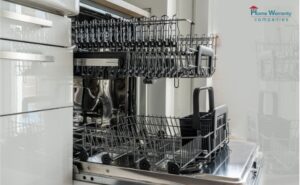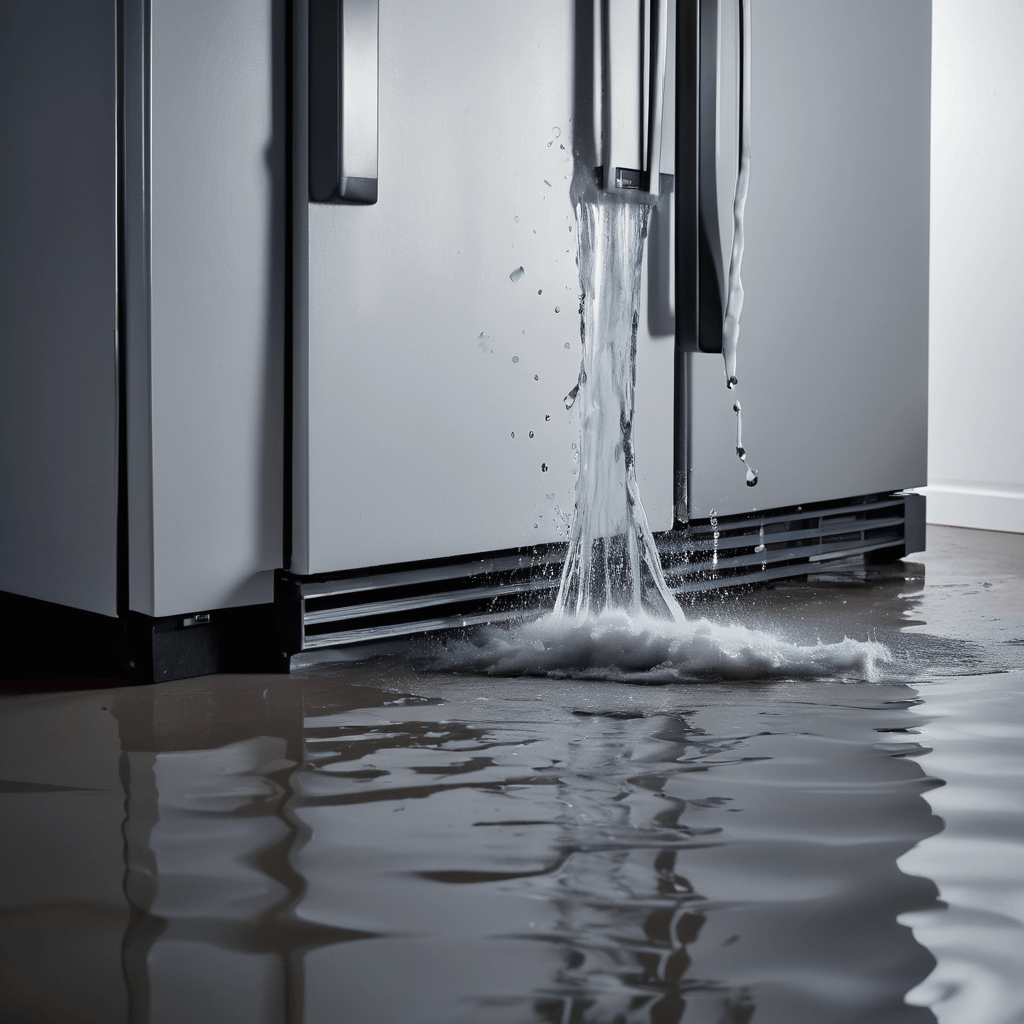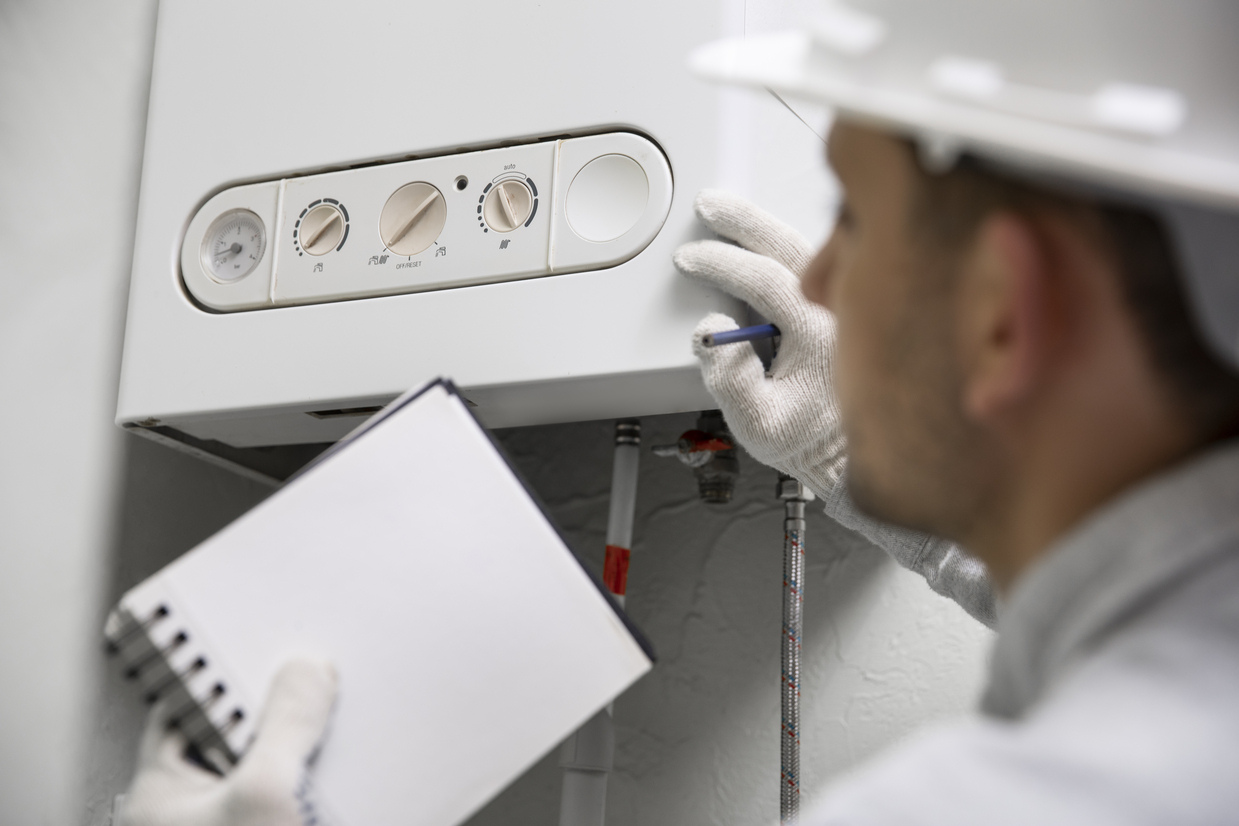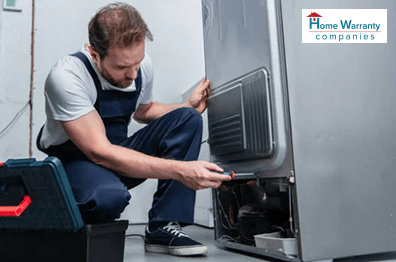Dishwasher Not Cleaning Dishes? Here's How You Can Fix It
If your dishwasher stops cleaning dishes properly, you will have to clean them again manually, which can be quite annoying and inconvenient. But, you may not have to replace it with a brand new one immediately. Sometimes, a simple cleaning or a small repair may get your favorite appliance to clean your dishes again.
In this handy guide, we have listed some proven tricks and tips to help repair your dishwasher. Before learning these hacks, let’s have a quick look at the working of the dishwasher and possible reasons why your dishwasher is not cleaning your dishes.
How Does A Dishwasher Work?
To understand the common reasons why the device may not be cleaning well, you must first know how it works. Here, we will tell you how this appliance makes your dishes sparkle. Note that specifics of the working may vary with the model. Generally, it works as follows:
- Water from the home water supply unit fills the basin at the floor of the appliance
- The heating elements of the dishwasher heat the water to the desired temperature
- An electric pump then pumps the water to the sidewalls of the appliance
- Detergent dispenses through the water to cut through the grease and clean the dishes
- The dirty water is drained out
The working of a dishwasher may seem simple, but note that a control system handles all the activities, especially in the newer models. It may include various settings to pressurize the jets, modify the water temperature, and the length of each wash cycle.
Some dishwashers even monitor the dishes’ cleanliness and rewash your dishes if the water is too dirty.
Common Reasons For A Dishwasher Not Cleaning Dishes
There can be many reasons why your dishwasher is not cleaning your dishes. Some of the common ones include:
1. Residue And Scale Build-Up
If your dishwasher uses tap water, your dishes may appear unwashed and spotty because tap water includes lime, iron, and calcium, contributing to scale and residue build-up.
2. Leaking Inlet Hose
The inlet hose feeds water from the supply to your dishwasher. If the hose is damaged, it won’t provide the appliance with sufficient water, due to which it fails to clean your dishes. One way to determine if the inlet hose is damaged is to check if water drips from under your sink or puddles under your dishwasher.
3. Clogged Spray Arms
The spray arms play a vital role in distributing water to all your dishes. They use tiny holes to pump the water through in jets, to ensure that enough and uniform pressure gets to all the food particles. However, the spray arms may fail to distribute water if there is residue build-up due to minerals in the water, detergent, and food particles, preventing your dishwasher from cleaning your dishes.
4. Blocked Coarse Filter
The coarse filter is designed to collect the big debris that falls off of the plates. A clogged coarse filter may be one of the reasons why your dishwasher is not cleaning your dishes properly.
5. Faulty Soap Dispenser
A defective soap dispenser can prevent your dishwasher from cleaning effectively. To determine if the soap dispenser is operating correctly, check if undissolved liquid soap is dripping from your appliance. Also, check if your dishwashing tab is stuck in the device after a wash cycle. If you find any of the above problems, you must repair your soap dispenser.
How To Repair Dishwashers That Are Not Cleaning Dishes?
Now that you know the common causes of your dishwasher not cleaning your dishes, learn how to fix it.
1. Remove Scale And Residue Build-up
If your dishwasher is not cleaning dishes due to residue build-up, all you have to do is remove it, and your appliance is good to go again. To remove the residue and scale build-up, pour white vinegar (2-3 cups) into the bottom of your appliance. Choose the normal cycle and run the dishwasher. Once done, keep the door of the dishwasher open to eliminate the smell.
2. Replace Inlet Hose
If your inlet hose is leaking, the only option you have is to replace it. To replace the hose, unscrew it from the inlet valve loathed under the dishwasher, replace the hose, and tighten the screw. Ensure you turn off the water supply before working on the inlet hose.
3. Clean Clogged Spray Arm
To clean the spray arm, unscrew the center bolt and remove the spray arm from your dishwasher. Soak it in vinegar for about 15-20 minutes. Then wash it with clean water. If the build-up is not cleared, use a wire brush and scrub it clean. Make sure to clean the spray arm gently. If crevices are created while scrubbing, bacterias may end up growing.
4. Clean The Coarse Filter
If your dishwasher is not cleaning dishes due to a blocked coarse filter, you need not replace the filter but just clean it. To clean a coarse filter, remove it and wash it with warm and soapy water. You can find a filter near the bottom rack of your appliance. It is wiser to refer to the user manual and check if any specific instructions need to be followed while unscrewing the filter.
5. Repair The Soap Dispenser
Inspect if food particles are stuck in the hinge and pins. If yes, use a toothbrush or vinegar and get rid of them. But if the hinge is cracked or broken, call the professionals and get it replaced.
Hire A Professional Technician
If your dishwasher is still not cleaning your dishes properly, hire a skilled technician, and get your appliance fixed. If you have a 4+-year-old dishwasher, it is advisable to buy a home warranty plan, as older dishwashers are prone to regular breakdowns, and fixing them can be quite expensive. But with a home warranty, you can protect your appliance for a longer duration and can get it fixed at a relatively low cost if it breaks down under any unfortunate circumstances.





